Imagine waking up to the raucous laughter of a bird that once seemed lost to city life—its large bill gleaming in the sunlight, wings flashing as it swoops between concrete towers and ancient trees. The Oriental Pied Hornbill is not just a symbol of wild forests, but now, unexpectedly, a sign of hope and resilience within our urban landscapes. This magnificent bird’s return to the heart of the city is more than a spectacle—it’s a testament to nature’s adaptability and a gentle reminder that wildlife and humanity can share the same space. With its dramatic beak and striking black-and-white plumage, the hornbill’s presence in urban jungles is both an ecological surprise and a captivating story of survival.
The Oriental Pied Hornbill: A Brief Portrait
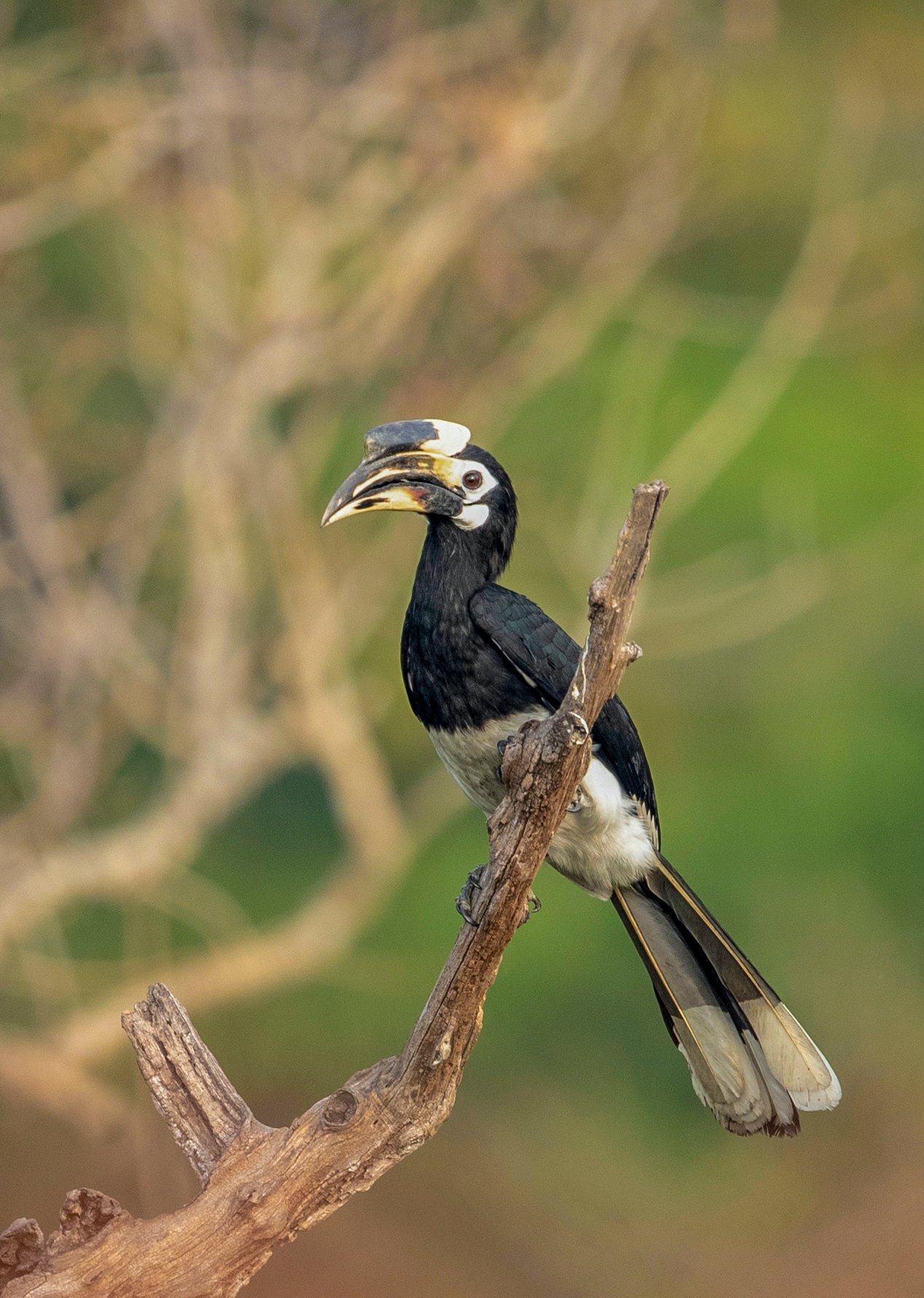
The Oriental Pied Hornbill is an unmistakable bird, instantly recognizable by its oversized, banana-shaped bill topped with a helmet-like casque. Adorned in glossy black and white, it can grow up to 90 centimeters long, making it one of the larger avian residents of Southeast Asia. Traditionally, these hornbills made their homes in dense forests, where their loud calls echoed through the canopy. Their social behavior and strong pair bonds are a marvel; hornbills often travel in pairs or small family groups. The species feeds on a variety of fruits, insects, and small animals, showing remarkable flexibility in diet. Their striking appearance and playful antics have made them favorites among birdwatchers and nature lovers alike. In many cultures, the hornbill is a symbol of luck, fidelity, and the health of the forest.
From Deep Forests to Concrete Canopies

For decades, the Oriental Pied Hornbill was considered a bird of the wild, rarely seen near towns or cities. Urban sprawl and deforestation pushed these birds further into shrinking patches of wilderness. But in a surprising twist, hornbills have started to reappear within city limits, perching atop lamp posts and foraging in municipal parks. This return is not accidental; it’s a result of both necessity and opportunity. Urban areas, with their scattered trees, abundant fruiting plants, and fewer predators, have become unlikely sanctuaries. The adaptability of hornbills, once thought to be strictly forest-dependent, is now on full display wherever there’s enough greenery to support their needs. Their boldness in exploring new territories is a sign of resilience in the face of environmental change.
Why Are Hornbills Returning to Urban Areas?
The reasons behind the hornbill’s urban comeback are fascinating and rooted in both ecological pressure and human influence. Deforestation has reduced their natural habitats, forcing these birds to seek new territories. At the same time, city planners and gardening enthusiasts have unknowingly provided suitable habitats by planting fruiting trees and preserving old, hollow trunks. Urban parks, school grounds, and even backyard gardens offer sources of food and nesting sites vital for hornbill survival. Reduced hunting pressures and increased public awareness have also contributed to their safety in cities. As more people recognize and appreciate these birds, community efforts to protect them have grown. The urban landscape, once a threat, is now a patchwork of opportunities for innovative species like the Oriental Pied Hornbill.
The Science of Adaptation: How Hornbills Thrive in Cities

Adapting to city life is no small feat for a bird as large and specialized as the Oriental Pied Hornbill. Scientists have observed that hornbills in urban environments adjust their feeding times, favoring early mornings and late afternoons to avoid human crowds. They are also less shy, often nesting in trees close to busy roads or playgrounds. This behavioral flexibility is key to their survival in unpredictable urban settings. Some hornbills have even learned to exploit new food sources, such as cultivated fruits and insects attracted to city lights. Their ability to recognize safe nesting sites—like dead trees or artificial nest boxes—demonstrates remarkable intelligence. Researchers continue to study these adaptations, hoping to apply their findings to conservation efforts across other threatened species.
Challenges on the Urban Frontier
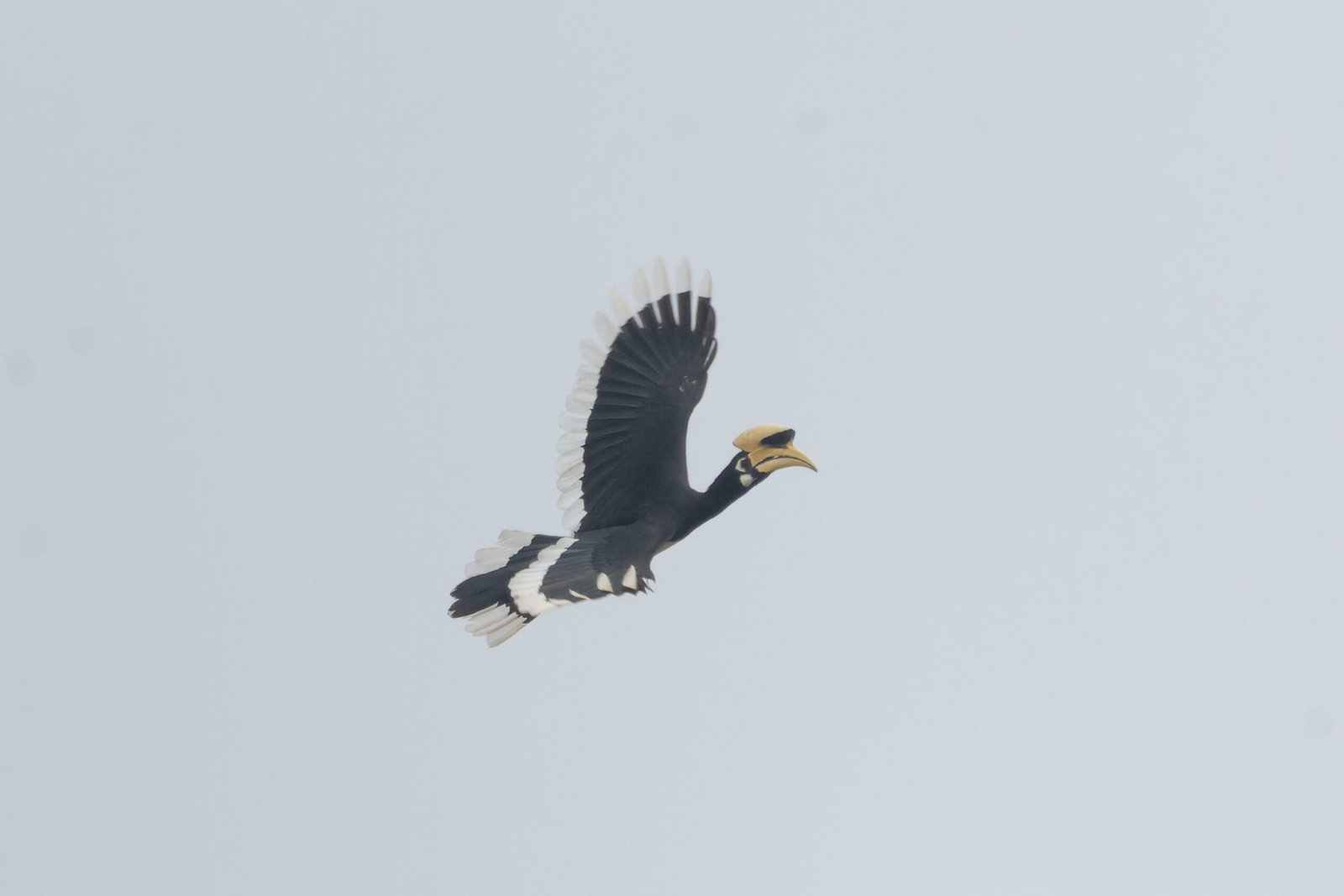
While the return of hornbills to the city is inspiring, it’s not without its hurdles. Urban environments pose unique challenges, from traffic hazards to competition with invasive species like mynas and crows. The lack of old, hollow trees—essential for hornbill nesting—can limit their ability to breed successfully. Pollution and pesticide use threaten their health, especially as they feed on fruit from treated trees. Encounters with humans don’t always end well; some hornbills fall victim to poaching or harassment. Noise and light pollution can disrupt their natural behaviors, making city life a delicate balancing act. Conservationists stress the importance of mitigating these threats to ensure that hornbill populations continue to flourish.
Community Involvement: Everyday Heroes for Hornbills
The story of the hornbill’s urban return is as much about people as it is about birds. In many cities, residents have become passionate protectors of their feathered neighbors. Schoolchildren build nest boxes, gardeners plant native fruit trees, and neighborhood groups organize hornbill-watching events. Social media buzzes with photos and sightings, sparking curiosity and pride. In some places, “Hornbill Guardians” patrol parks to deter poachers and educate the public. These grassroots efforts create a sense of shared stewardship, making urban spaces safer and more welcoming for wildlife. When communities unite around a common cause—even something as simple as reporting a hornbill sighting—remarkable things happen.
Urban Green Spaces: Islands of Biodiversity
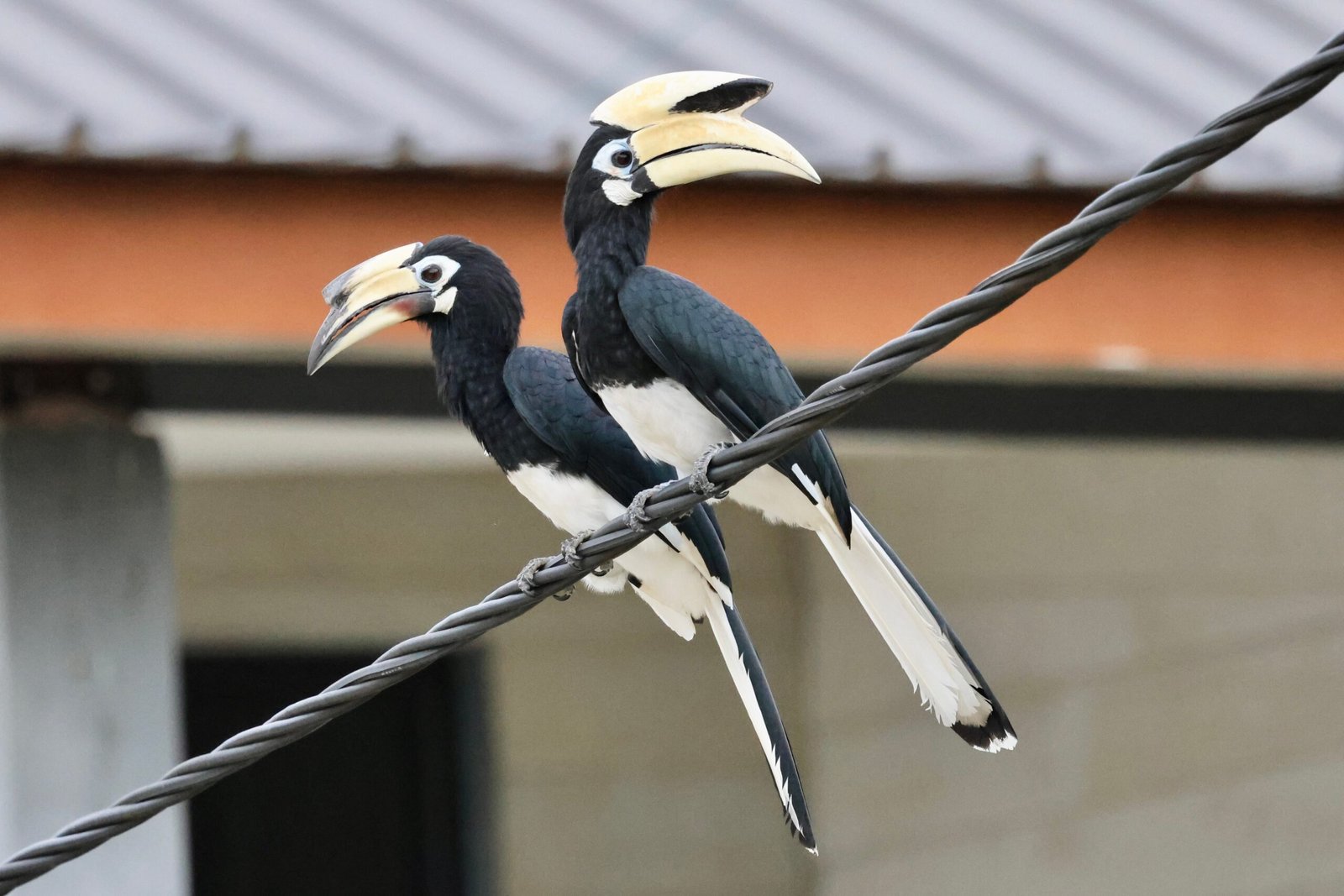
Green spaces in cities are more than just places for recreation—they’re vital lifelines for animals like the Oriental Pied Hornbill. Parks, botanical gardens, and tree-lined streets provide essential food and shelter. The diversity of plant species in urban areas often attracts a wide array of insects and small animals, supporting the hornbill’s varied diet. Mature trees, especially those with natural cavities, are precious assets for nesting. Some cities have even designed their green spaces with wildlife corridors, helping hornbills travel safely between different areas. These urban oases remind us that cities don’t have to be sterile or lifeless; with the right planning, they can become vibrant havens for both people and wildlife.
The Role of Education and Awareness

Education is crucial in shaping how people perceive and interact with urban wildlife. Workshops, guided nature walks, and school programs introduce residents—especially children—to the wonders of the hornbill. When people understand the needs and behaviors of these birds, they’re more likely to support conservation measures. Public art projects, such as murals or sculptures of hornbills, can spark conversations and foster a sense of pride. Stories and legends about hornbills, shared in classrooms or community events, connect modern city dwellers to cultural traditions and local biodiversity. The more the public learns, the more invested they become in protecting the natural treasures within their own neighborhoods.
Scientific Monitoring and Citizen Science
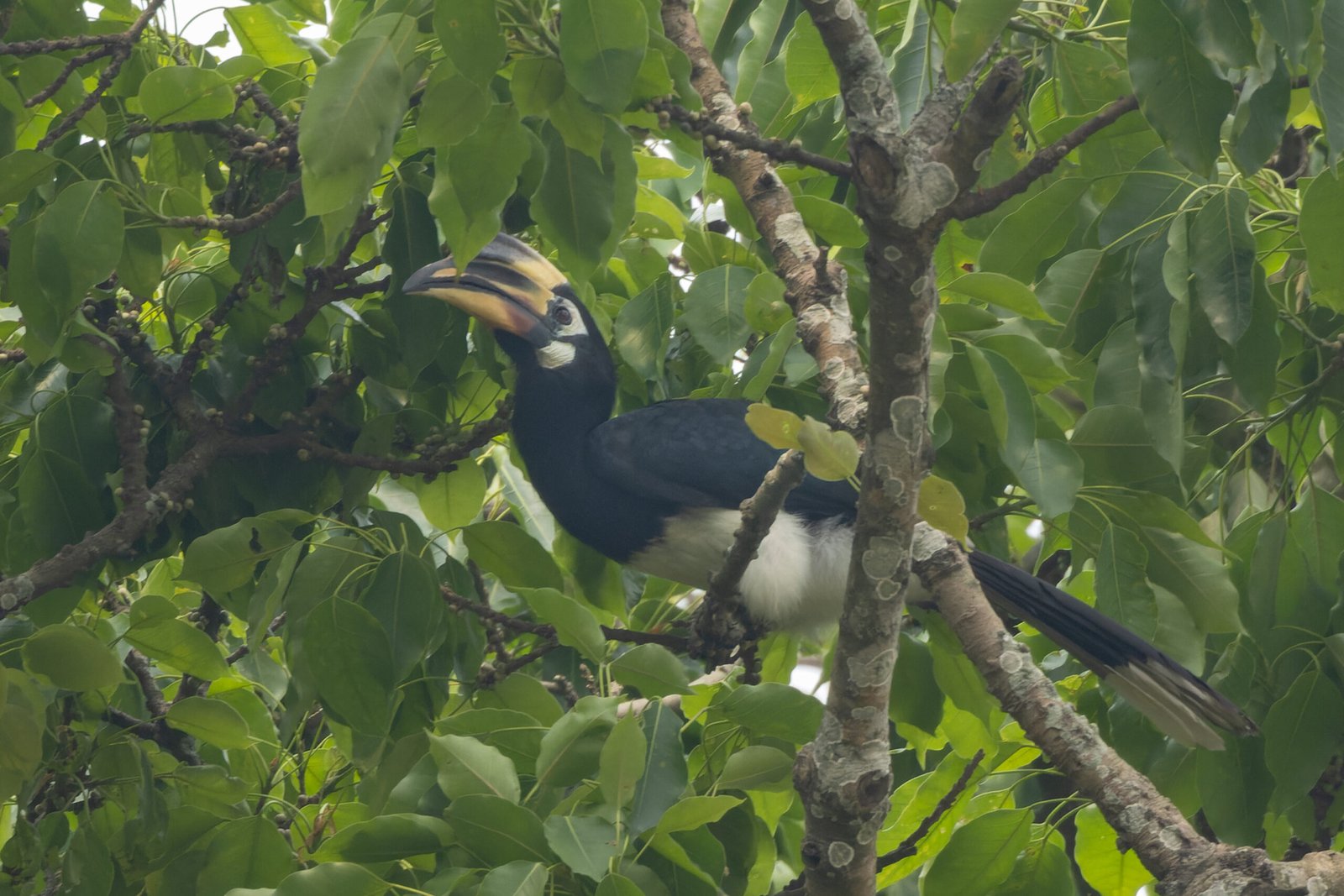
Tracking the progress of urban hornbill populations requires careful observation and data collection. Scientists use a mix of high-tech tools—like GPS trackers—and old-fashioned birdwatching to monitor the birds’ movements. Citizen science projects invite locals to report sightings, nest locations, and unusual behaviors using apps or online platforms. These volunteer efforts greatly expand the reach of professional research teams and provide valuable information about hornbill habits. By involving the public, researchers build stronger networks for conservation and inspire a new generation of naturalists. The collaboration between scientists and citizens is a powerful force for understanding and protecting the Oriental Pied Hornbill.
Inspiring Conservation Success Stories
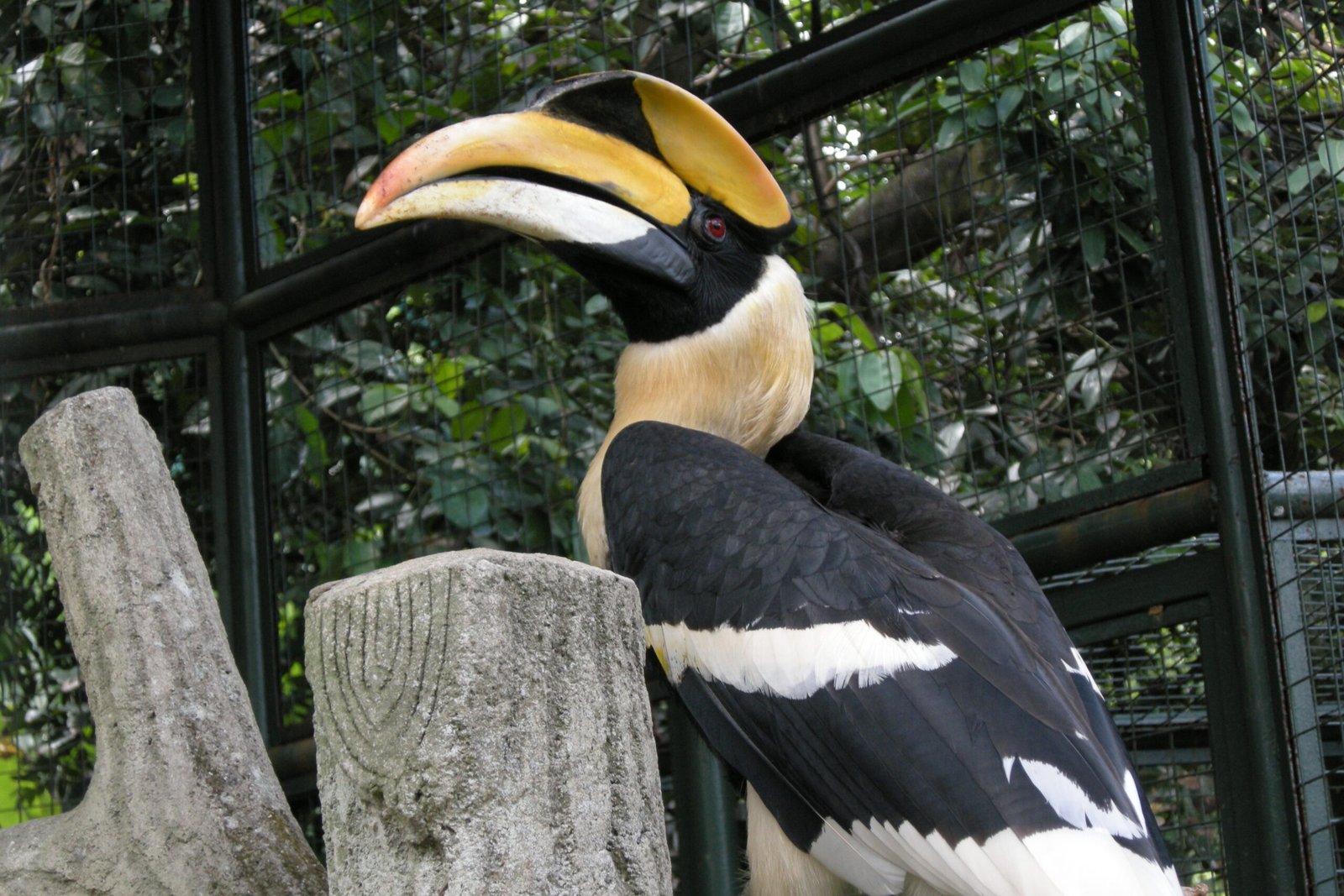
Several cities across Southeast Asia have become shining examples of what’s possible when people and wildlife work together. In Singapore, for instance, targeted planting of native trees and installation of nest boxes have led to a steady increase in hornbill numbers. Community groups in Malaysia and Thailand have successfully lobbied for the protection of key nesting sites, turning once-forgotten corners of the city into bustling bird habitats. These local victories prove that, with creativity and commitment, urban environments can support thriving populations of even the most charismatic creatures. Each successful hornbill fledgling is a symbol of hope for future generations.
Looking to the Future: Coexisting with the Wild

The return of the Oriental Pied Hornbill to the urban jungle is a compelling reminder that cities can be more than concrete deserts—they can be sanctuaries, teeming with life and possibility. As urban populations grow, so does the responsibility to create spaces that welcome not just people but all living beings. The presence of hornbills in our midst challenges us to rethink how we design, build, and care for our cities. Their resilience is both a triumph and a call to action: by making room for the wild, we enrich our own lives and secure a healthier, more vibrant future for everyone.
The next time you hear the echoing call of a hornbill above the city streets, consider what it means for both nature and humanity. Are you ready to share your urban jungle with these remarkable birds?




